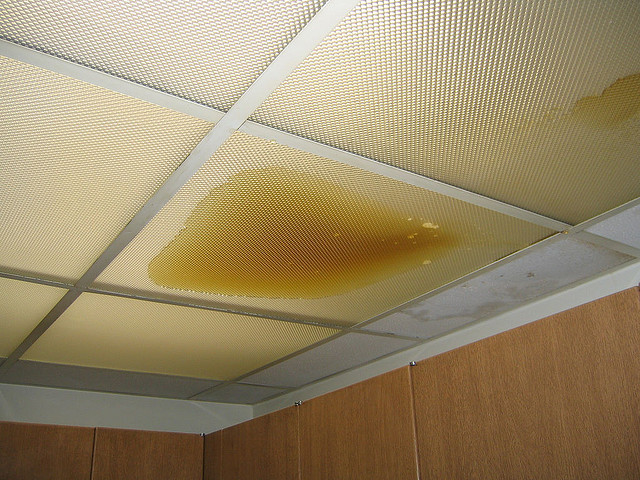6 Ways to Discover Surprise Water Leakages in Your Home
6 Ways to Discover Surprise Water Leakages in Your Home
Blog Article
Are you hunting for related information about Detecting hidden plumbing leaks?

Early detection of leaking water lines can mitigate a potential disaster. Besides saving you money, it will certainly lessen the irritation and frustration. The moment you find a leakage, calling your plumber for repair work is the most effective service. Some small water leakages may not be visible. Right here are some hacks that aid if you can not discover it with your nude eyes.
1. Check Out the Water Meter
Checking it is a surefire means that helps you find leakages. If it moves, that suggests a fast-moving leak. This implies you may have a slow leak that could even be underground.
2. Check Water Consumption
Assess your water costs as well as track your water intake. As the one paying it, you should observe if there are any inconsistencies. If you detect sudden changes, in spite of your consumption being the same, it means that you have leakages in your plumbing system. Remember, your water costs need to drop under the same variety on a monthly basis. A sudden spike in your bill indicates a fast-moving leak.
At the same time, a steady rise every month, even with the very same habits, reveals you have a sluggish leak that's likewise gradually rising. Call a plumber to extensively check your property, especially if you really feel a warm location on your floor with piping below.
3. Do a Food Coloring Test
When it comes to water intake, 30% comes from bathrooms. If the color in some way infiltrates your dish during that time without flushing, there's a leakage between the container and also bowl.
4. Asses Outside Lines
Do not neglect to check your outside water lines as well. Must water permeate out of the link, you have a loosened rubber gasket. One little leak can lose bunches of water as well as increase your water expense.
5. Assess the situation and also evaluate
Homeowners need to make it a habit to inspect under the sink counters as well as even inside cabinets for any kind of bad odor or mold development. These two red flags suggest a leakage so timely attention is required. Doing routine assessments, also bi-annually, can save you from a major issue.
More importantly, if you recognize your house is already old, maintain a watchful eye on your heaters, pipes, pipes etc. Check for stainings as well as compromising as the majority of home appliances as well as pipes have a life expectancy. They will also naturally degrade as a result of tear and wear. Don't wait for it to rise if you believe leaking water lines in your plumbing system. Call a specialist plumber today so you do not wind up with a horrible mess in your house.
Early discovery of dripping water lines can reduce a possible catastrophe. Some little water leaks might not be visible. Examining it is a proven method that helps you find leakages. One small leakage can waste bunches of water and also spike your water expense.
If you presume dripping water lines in your plumbing system, do not wait for it to escalate.
WARNING SIGNS OF WATER LEAKAGE BEHIND THE WALL
PERSISTENT MUSTY ODORS
As water slowly drips from a leaky pipe inside the wall, flooring and sheetrock stay damp and develop an odor similar to wet cardboard. It generates a musty smell that can help you find hidden leaks.
MOLD IN UNUSUAL AREAS
Mold usually grows in wet areas like kitchens, baths and laundry rooms. If you spot the stuff on walls or baseboards in other rooms of the house, it’s a good indicator of undetected water leaks.
STAINS THAT GROW
When mold thrives around a leaky pipe, it sometimes takes hold on the inside surface of the affected wall. A growing stain on otherwise clean sheetrock is often your sign of a hidden plumbing problem.
PEELING OR BUBBLING WALLPAPER / PAINT
This clue is easy to miss in rooms that don’t get much use. When you see wallpaper separating along seams or paint bubbling or flaking off the wall, blame sheetrock that stays wet because of an undetected leak.
BUCKLED CEILINGS AND STAINED FLOORS
If ceilings or floors in bathrooms, kitchens or laundry areas develop structural problems, don’t rule out constant damp inside the walls. Wet sheetrock can affect adjacent framing, flooring and ceilings.
https://www.servicemasterbyzaba.com/blog/how-to-detect-water-leakage-in-walls/

I found that page on Hacks to detect leaks while doing a search on the internet. Sharing is caring. Helping people is fun. Bless you for your time. Visit us again soon.
Report this page